Easy Tunisian Crochet For Beginners Tutorial
I love Tunisian crochet and thought it would be great to do a Tunisian crochet for beginners guide in case you are new like I was and need some guidance. I hope you love it as much as I do.
If you’re new to this technique, you might find it somewhat familiar yet distinct. Unlike traditional crochet, Tunisian crochet uses a longer hook and involves two distinct sets of actions: the forward pass and the return pass.
Getting started with Tunisian crochet is all about understanding the absolute basics. You’ll learn how to make a foundation row, which is the backbone of any Tunisian crochet project.
Don’t worry if it feels a bit awkward at first. Remember when you learned how to use your regular crochet hook? Just like then, it takes a bit of patience and practice.
The rhythm of the forward and return pass will soon become a comfortable dance of your hook and yarn.
Tunisian Crochet For Beginners
Embarking on your Tunisian crochet journey means getting acquainted with the unique tools and techniques that make it a favorite among crafters.
You’ll need to pick up some specific hooks and understand the basics of creating fabric that’s often described as a hybrid between knitting and crochet.
Choosing the Right Tools
To get started, you’ll need to pick a Tunisian crochet hook. Unlike regular crochet hooks, these are longer and can hold more stitches. Hook sizes vary, so check your yarn label for recommendations.
Here are the main hook types you’ll come across:
- Afghan hook: A typical straight hook with a stopper at the end, usually used for smaller projects.
- Long crochet hook: Perfect for larger projects; resembles a straight hook but without a stopper.
- Interchangeable Tunisian crochet hook: Offers flexible cable lengths to accommodate the number of stitches.
| Hook Type | Best For |
|---|---|
| Regular Tunisian crochet hooks | Smaller projects |
| Long hook with an extension cord | Larger projects with many stitches |
Understanding Basic Techniques
Tunisian crochet creates a distinctive fabric by holding loops on the hook as you work across a foundation chain. Here’s a simple breakdown:
- Start with a foundation chain, the same as you would for regular crochet.
- Work a forward pass by inserting your hook into each chain and picking up loops.
- Work a return pass by working the loops off the hook back to one loop.
Essentially, you’re working in two steps: a forward and return pass for each row. You can find plenty of video tutorials online to visually guide you through the process.
Tunisian Crochet Video
Reading Patterns and Charts
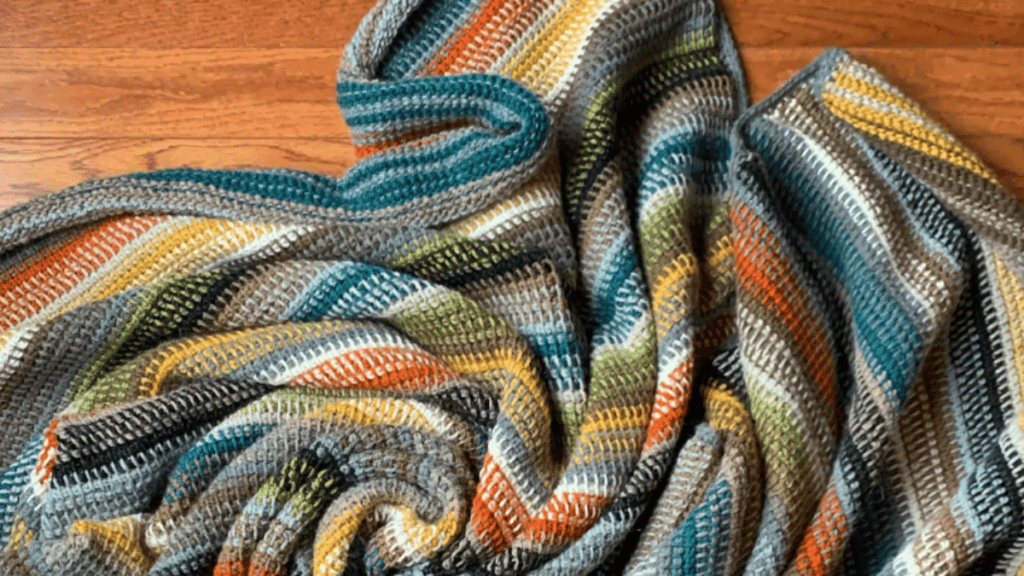
Understanding Tunisian crochet patterns requires familiarizing yourself with specific notations. Patterns will generally indicate the hook size and type of yarn needed. Here’s a quick guide to reading the patterns:
- Rows are typically written in two parts (forward and return pass).
- Symbols and abbreviations represent different stitches; get to know these.
Pay close attention to the pattern’s charts and diagrams. Layers of stitches are represented differently from traditional crochet, so take your time to interpret the patterns correctly.
Mastering Tunisian Crochet Stitches
Learning Tunisian crochet requires getting familiar with its unique stitches and understanding the process of the forward and return passes. You’ll start with the basics and eventually create intricate textures with advanced techniques.
The Basic Tunisian Crochet Stitches
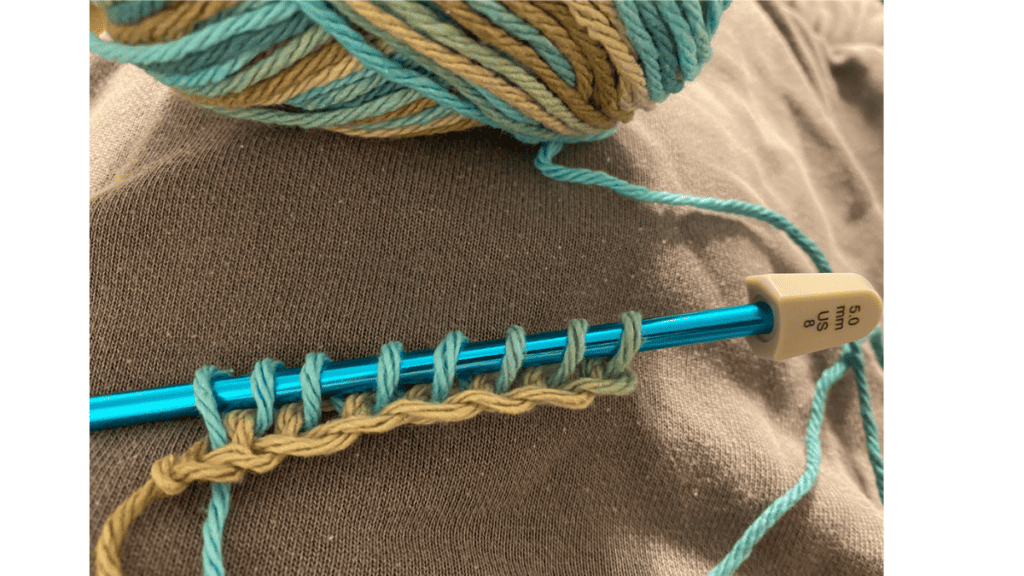
To start your journey, you’ll need to grasp the Tunisian Simple Stitch (TSS). This is the most basic Tunisian crochet stitch and serves as the foundation for more complex designs. Here’s how to do it:
- Start with a chain stitch to create the foundation row.
- Insert the hook into the second chain from the hook, yarn over, and pull up a loop. Leave this loop on the hook.
- Repeat this in each chain across; this is the forward pass.
- Once you reach the end, you’ve got multiple loops on your hook. Now, work them off in a return pass by yarning over and pulling through one loop first, then yarning over and pulling through two loops repeatedly until one loop remains.
- Identify the vertical bars that form in front of your work, which are essential for inserting your hook in the next row.
Other basic stitches to know include:
- Tunisian Knit Stitch (TKS): Insert the hook between the vertical bars from front to back, yarn over and pull up a loop.
- Tunisian Purl Stitch (TPS): Bring the yarn to the front, insert the hook right to left under the front vertical bar, yarn over and pull through, keeping the yarn at the front.
Advanced Stitch Techniques
Once you have the hang of the basics, you’re ready to explore more elaborate stitches. These can add dimension and texture to your work.
- Tunisian Full Stitch (TFS): This stitch involves inserting the hook into the space between the stitches, rather than the vertical bars, to create a dense and squishy fabric. You’ll alternate these between the stitches of the previous row.
- Tunisian Reverse Stitch (TRS): Similar to the TSS, but instead of inserting the hook in front of the vertical bar, you’ll do it from behind to create a ridge on the right side of the fabric.
- Tunisian Double Crochet (TDC): Yarn over, insert the hook into the bar, yarn over again, and pull up a loop, yarn over and pull through two loops on the hook twice, akin to working a double crochet.
- Tunisian Smock Stitch (TSSm): Combines Yarn over and Tunisian Simple Stitch worked in specific stitch counts and order to form a smocked effect on the fabric.
Creating Your First Project
Embarking on your first Tunisian crochet adventure? Start with something simple and fun! A small project helps you master the basics without becoming overwhelmed.
Selecting Your First Pattern
- Begin Small: Start with a straightforward pattern like a coaster or dishcloth. Look for free Tunisian crochet patterns online to save on costs.
- Afghan Stitch: This basic Tunisian stitch creates a satisfying texture, ideal for newbies. It’s also officially known as the “Tunisian Simple Stitch.”
- Variety: As your confidence grows, consider a variety of projects. From beautiful texture hats to cozy wrist warmers, the options are endless.
Troubleshooting Common Issues
- Tight Stitches? Tunisian crochet can tense up. If your fabric is too stiff, try using a larger hook size.
- Curling Edges? This is classic in Tunisian crochet. Combat curling by using a looser tension or adding a border in standard crochet.
Finishing Touches
- Edges: Neaten the edges of your project with a border. Even simple slip stitches will tidy up your work.
- Blocking: To showcase your textile’s textured fabric, wet it and pin it in shape until dry. This helps even out the stitches and relax the finished piece.
Tunisian Crochet Patterns

We have an entire library with over 50 patterns for you to make using your Tunisian hooks. Here are some of our favorite Tunisian crochet projects. Make sure and check the patterns, as some come with a video tutorial to help you with your new skills.
Easy Tunisian crochet patterns
Free Tunisian crochet patterns
Make sure and share your creations on our Facebook page. I love seeing what you are currently making.
If you have any questions about Tunisian crochet, leave them in the comments and I will answer to the best of my ability.
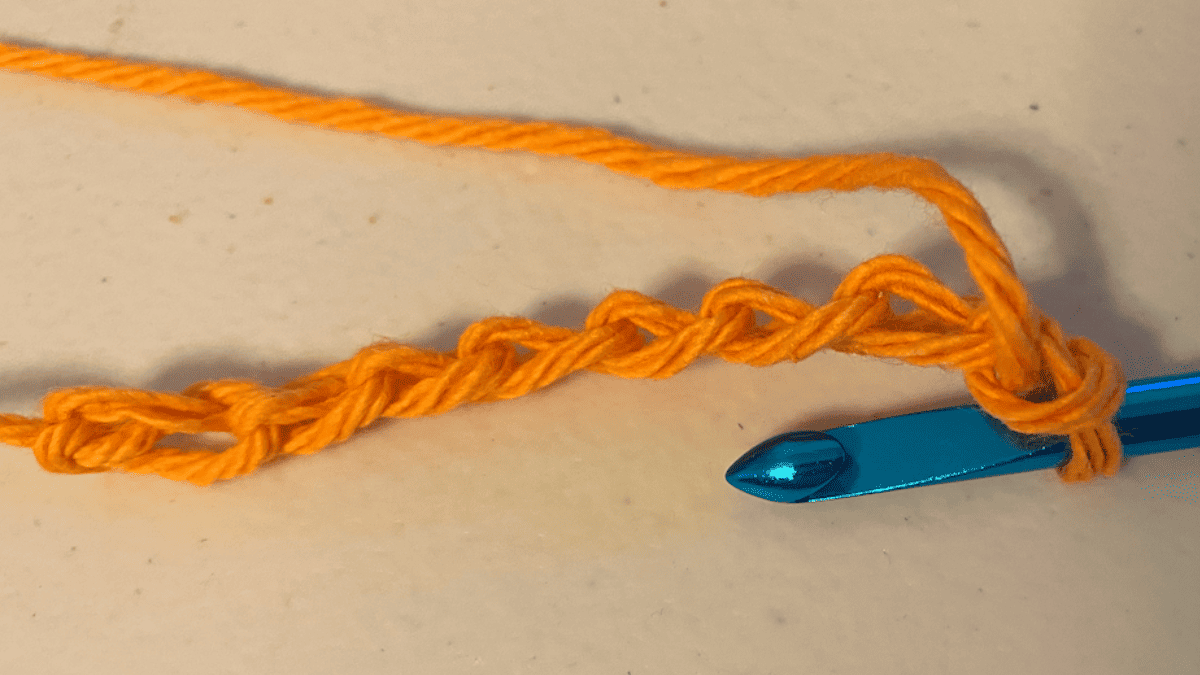

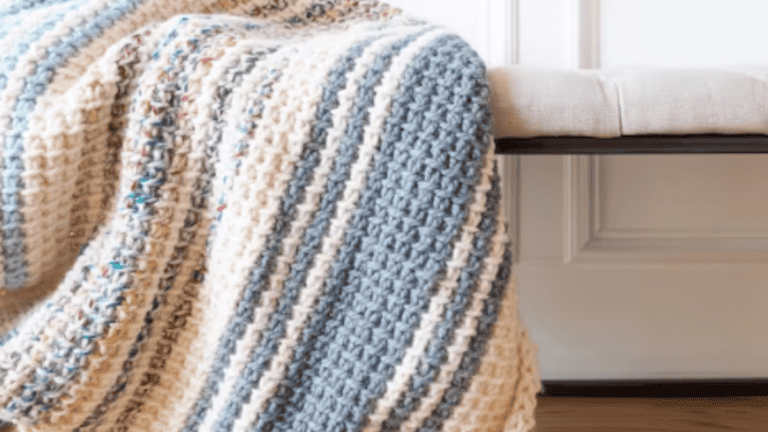
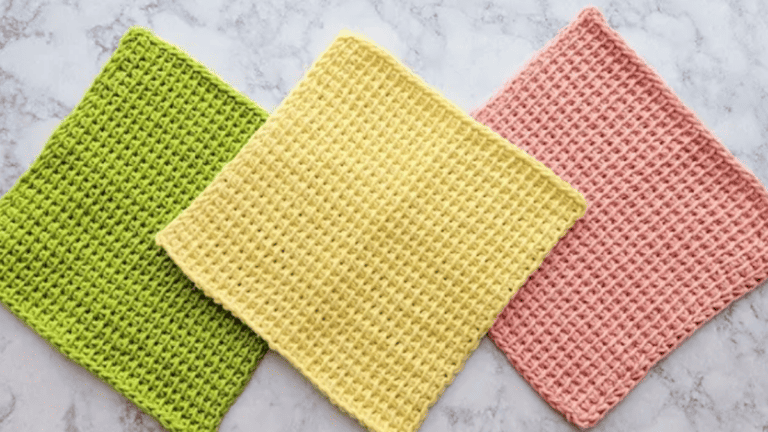
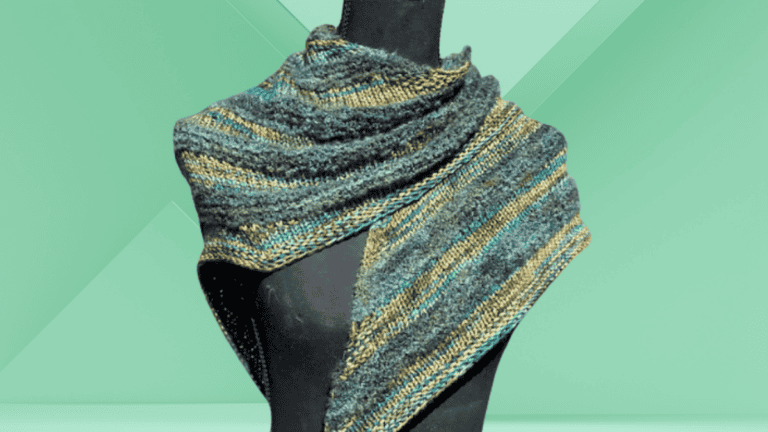
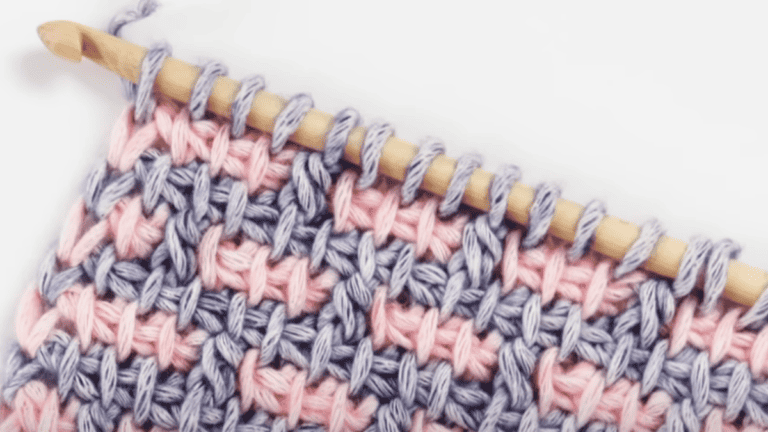
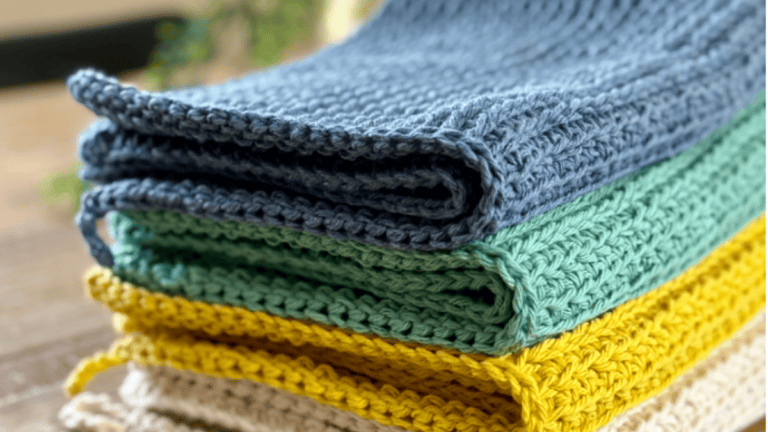
This is crazy! It says a beginners tutorial but tells you the first part but no description or pictures about the pass back. It just says “pay attention to your vertical bars when you pass back”. That doesn’t tell you anything yet the easy part is broken down step by step. Maybe a link to someone that actually shows you all the steps not just the first half. Or don’t mark it as a “beginner” guide to do the stitch if it’s not.
Thanks for the feedback. We added a video you can follow and learn Tunisian crochet.
It looks fairly simple the way you teach,I’m 8?1 yrs old and have crocheted and knitted all my life! Will try and see if I can master this,thank you!